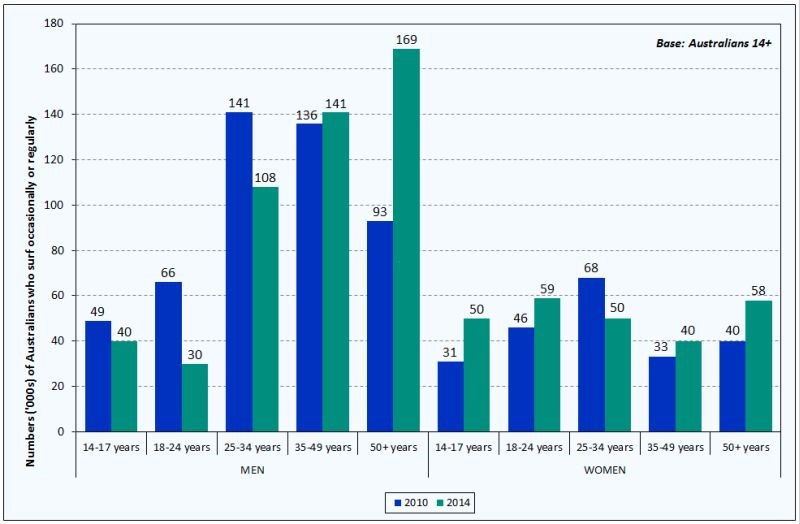|
Welcome back to work ͏ ͏ ͏ ͏ ͏ ͏ ͏ ͏ ͏ ͏ ͏ ͏ ͏ ͏ ͏ ͏ ͏ ͏ ͏ ͏ ͏ ͏ ͏ ͏ ͏ ͏ ͏ ͏ ͏ ͏ ͏ ͏ ͏ ͏ ͏ ͏ ͏ ͏ ͏ ͏ ͏ ͏ ͏ ͏ ͏ ͏ ͏ ͏ ͏ ͏ ͏ ͏ ͏ ͏ ͏ ͏ ͏ ͏ ͏ ͏ ͏ ͏ ͏ ͏ ͏ ͏ ͏ ͏ ͏ ͏ ͏ ͏ ͏ ͏ ͏ ͏ ͏ ͏ ͏ ͏ ͏ ͏ ͏ ͏ ͏ ͏ ͏ ͏ ͏ ͏ ͏ ͏ ͏ ͏ ͏ ͏ ͏ ͏ ͏ ͏ ͏ ͏ ͏ ͏ ͏ ͏ ͏ ͏ ͏ ͏ ͏ ͏ ͏ ͏ ͏ ͏ ͏ ͏ ͏ ͏ ͏ ͏ ͏ ͏ ͏ ͏ ͏ ͏ ͏ ͏ ͏ ͏ ͏ ͏ ͏ ͏ ͏ ͏ ͏ ͏ ͏ ͏ ͏ ͏ ͏ ͏ ͏ ͏ ͏ ͏ ͏ ͏ ͏ ͏ ͏ ͏ ͏ ͏ ͏ ͏ ͏ ͏ ͏ ͏ ͏ ͏ ͏ ͏ ͏ ͏ ͏ ͏ ͏ ͏ ͏ ͏ ͏ ͏ ͏ ͏
|
|
|||||
Welcome back to workDear , Welcome back to working Australia, and a looming federal election. We had a quiet January, but a few significant things have happened. The Labor Party continues to put down poison bates – promises that look attractive to electoral prey. The latest is a proposal to increase rental affordability by building 250,000 dwellings to be rented at 20% below the market. They will be built by private investors, who will receive a subsidy. So after maintaining that the problem with housing affordability is too many investors, they now want even more. I had an article “Labor’s housing affordability mess: profit for the few, pain for the many” published in The Spectator exposing this which you can read for free on our site. In other news on housing affordability, the government has at last worked out that while the ALP’s proposed changes to negative gearing will most impact property prices, their 50% increase in capital gains tax will make us the most expensive in the OECD, and will impact all asset classes, negatively geared or not. We pointed that out first almost three years ago (except then Australia was second only to Denmark). The Morrison government seems to be sharper on rebuttal points than the Turnbull one. Our housing affordability index should be out in the next week or so. Please keep an eye out for it. It demonstrates just how dire the situation is for first home buyers, but also how housing costs are not generally a problem for established home owners. Electricity continues to be an issue with blackouts in Victoria so far this year and more hot weather to come. Australia is going to meet its renewable energy targets in a canter, according to our research, but the system is increasingly dividing into two. One is a piecemeal unreliable intermittent energy system, some of which is connected to the grid, and some of which isn’t. The other is the aging fleet of coal-fired power stations, with some gas generation, which is being asked at times to provide close to 100% of the energy, even as it is scaled back (or dynamited in some cases). The system is at breaking point, and the most immediate problem is storage. We don’t believe that the NEG will solve this. More to come in the next month or so. I’m currently conducting a poll on voting intentions, and on attitudes to retirement income and superannuation. Results will be released to the media in a week or so, and I’m planning a presentation of the results on February 14, in the evening. Put a date claimer in your diaries, details to be advised later. The retirement income and superannuation questions were prompted by our association with the Defenders of Self-Funded Retirees. While we don’t run physical campaigns, they do, and I know they would appreciate any on-the-ground support from volunteers. In other news, On Line Opinion, the journal I founded, but which the institute now publishes, turns 20 this April, and we are planning a retrospective analysis of the contribution that the Internet has made to political debate as part of the birthday celebrations. And we are organising to have Bettina Arndt revisit Queensland as part of her Campus Rape Tour and the launch of her book #MenToo. Which leads me to some holiday cogitations. Bettina insists that the participation gap between men and women is mostly to do with preference, not discrimination. So I’ve been looking for natural experiments which might give an insight into that. Take surfing, of which I’ve done a lot over the last month or so. Barriers to entry are low, and it is a complete free market when you are out on the waves. There is no organising authority, and the only rules are customary ones – no-one gets arrested for dropping-in on a wave, for example. So why don’t more women surf? What I noticed, from my limited sample mostly at Rainbow Bay and Snapper Rocks, is that women are less likely to be out surfing early in the morning, and when the surf is larger. But later in the morning and when it is smaller, there seem to be more. And then there is the surfer to ride ratio, and surfer to height of wave ridden ratio. All this is a bit hard to measure, and prone to observer bias, so I went looking for data, and this is what I found from Roy Morgan.
There’s a blog piece in this, but younger women actually outnumber younger men, then the dominance peters out when you hit 25 years of age, when the number of women are radically outnumbered by men. Is that a peak of misogyny that is slowly moving through? Or does something happen to female priorities when women hit 25? If the former, then quotas are an unnecessary correctant for something which is self-correcting, and if the latter, then quotas will just distort natural preferences. Time, and more holidays, will tell. Regards, |
||
|
|||||


